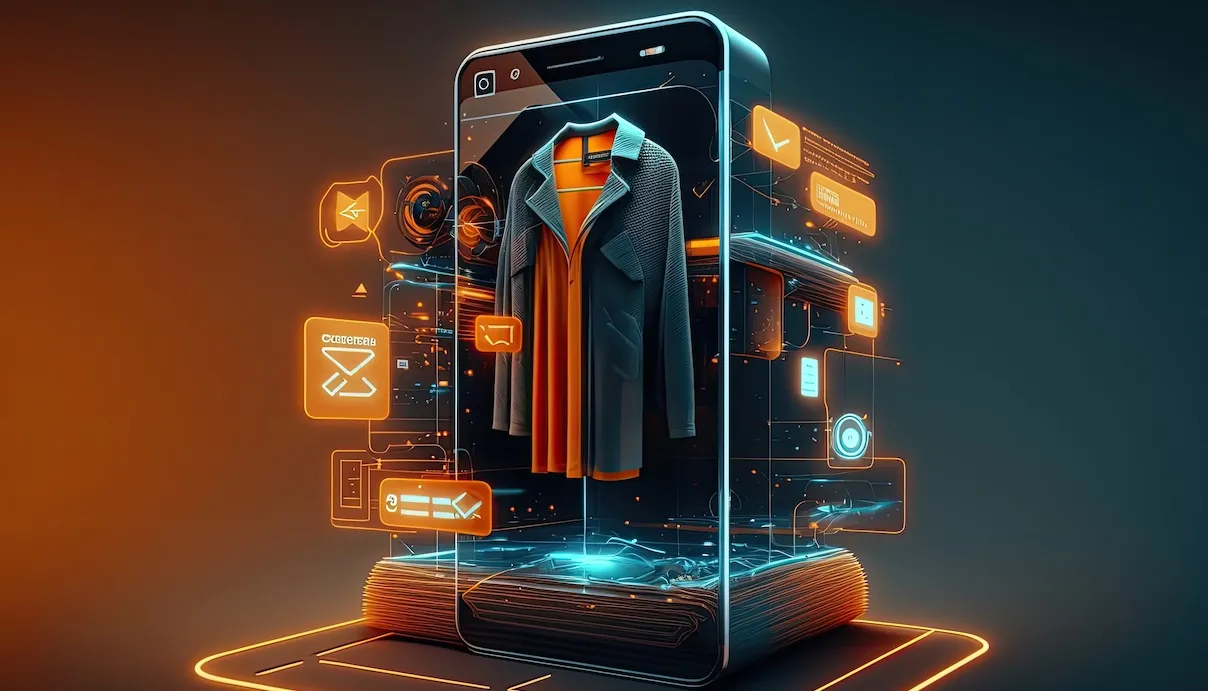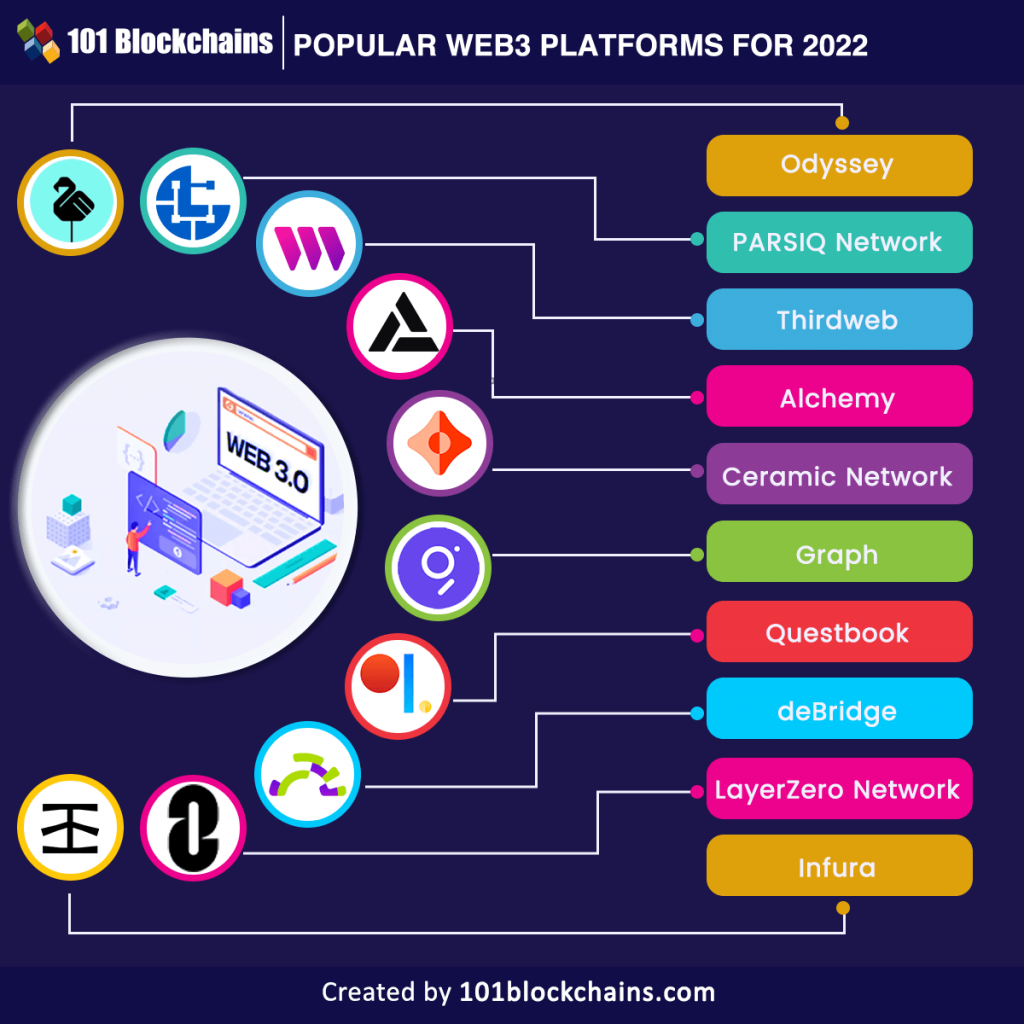
AI in Retail: Personalizing the Shopping Experience for the Modern Customer
In today’s fast-paced world, shopping is no longer just about buying products; it’s about the entire experience. Customers expect more than just shelves stocked with goods – they want convenience, relevance, and a feeling that retailers understand their unique needs and preferences. This is where Artificial Intelligence (AI) steps in, revolutionizing the retail landscape by enabling an unprecedented level of personalization.
Forget the one-size-fits-all approach. AI is transforming retail into a truly bespoke journey, making every customer feel like a VIP. From the moment you browse online to your in-store visit, AI is working behind the scenes to tailor everything specifically for you.
What is Personalization in Retail, and Why Does it Matter?
Before diving into AI, let’s understand what "personalization" truly means in a retail context.
Personalization in retail is the act of tailoring the shopping experience, products, services, and communications to individual customers based on their unique characteristics, preferences, and past behaviors.
Think of it this way:
- Instead of showing you every shoe in the store, a personalized experience would highlight shoes in your preferred style, size, and color, or even suggest new styles based on your past purchases.
- Instead of a generic email about a store-wide sale, you get an email about a discount on that specific item you viewed last week.
Why is this so important?
- Customer Expectations: Modern consumers are used to personalized experiences from platforms like Netflix and Spotify. They expect the same from retailers.
- Increased Sales & Loyalty: When customers feel understood and valued, they are more likely to buy, buy more often, and become loyal to the brand.
- Reduced Overwhelm: With countless options available, personalization helps customers find what they need faster, reducing decision fatigue.
- Competitive Edge: Retailers who offer superior personalized experiences stand out in a crowded market.
How AI Makes Personalization Possible: The Brains Behind the Magic
At its core, AI’s ability to personalize comes from its power to collect, analyze, and interpret vast amounts of data at speeds and scales impossible for humans.
Here’s a simplified look at how AI works its magic:
- Data Collection: AI systems gather data from various sources:
- Your browsing history (what you click, what you view, how long you stay).
- Your purchase history (what you bought, how often, what sizes).
- Demographic information (if provided).
- Interactions with chatbots or customer service.
- Social media activity (likes, follows, comments related to brands).
- Location data (if enabled, for in-store experiences).
- Pattern Recognition: AI algorithms, particularly those using Machine Learning (ML), sift through this data to identify patterns, trends, and correlations. It learns what you like, what you dislike, and what you might be interested in next.
- Predictive Analytics: Based on learned patterns, AI can predict future behaviors or preferences. "If this customer bought X and Y, they are likely to be interested in Z."
- Automated Action: Once predictions are made, AI can trigger automated actions – sending a personalized email, displaying a specific product recommendation, or adjusting a price in real-time.
This continuous loop of data collection, analysis, prediction, and action is what drives the personalized retail experience.
Key Ways AI Personalizes the Shopping Experience
Let’s explore the practical applications of AI that are redefining retail personalization:
1. Hyper-Personalized Product Recommendations
This is perhaps the most visible and common application of AI in retail. Think of it as your personal shopping assistant, always suggesting things you might genuinely love.
- Online Examples:
- "Customers who bought this item also bought…"
- "Recommended for you based on your browsing history."
- "Because you viewed X, you might be interested in Y."
- Personalized homepages on e-commerce sites showing products tailored to your interests.
- Email marketing campaigns featuring products you’ve previously shown interest in or new arrivals similar to your past purchases.
- How AI Does It: AI algorithms analyze your past purchases, browsing patterns, wish lists, and even the behavior of similar customers. They then use this data to predict what products you’re most likely to buy next.
2. Smart Chatbots and Virtual Shopping Assistants
Gone are the days of frustrating phone calls or waiting for email replies. AI-powered chatbots and virtual assistants offer instant, personalized support.
- 24/7 Customer Support: Chatbots can answer common questions about product details, shipping policies, returns, and store hours instantly, freeing up human staff for more complex issues.
- Personalized Guidance: They can guide customers through the shopping process, suggesting products based on stated preferences (e.g., "I’m looking for a gift for my sister who loves hiking") or past interactions.
- Order Tracking & Troubleshooting: Chatbots can quickly provide updates on order status or help troubleshoot minor issues, often before a customer even realizes there’s a problem.
- Style Advice & Fit Guides: Some advanced chatbots can act as virtual stylists, recommending outfits or helping customers find the right size based on measurements or body type.
- How AI Does It: Natural Language Processing (NLP) allows AI to understand and respond to human language. Machine Learning helps the chatbot learn from every interaction, becoming smarter and more helpful over time.
3. Dynamic Pricing and Personalized Offers
Imagine prices that adjust in real-time based on demand, inventory, or even your specific loyalty status. AI makes this possible.
- Real-time Price Adjustments: AI can analyze vast amounts of data (competitor prices, demand, inventory levels, time of day) to set optimal prices for products, maximizing sales and profits.
- Personalized Discounts & Promotions: Instead of generic coupons, AI can identify specific customers who would benefit most from a particular offer. For example, a loyal customer might receive a special discount on an item they’ve frequently viewed but not purchased.
- Location-Based Offers: Using geo-fencing, retailers can send personalized promotions to customers when they are near a physical store or even within a specific aisle.
- How AI Does It: Sophisticated algorithms continuously monitor market conditions and individual customer data to determine the most effective pricing and promotional strategies for each unique scenario or customer segment.
4. Optimized Inventory and Supply Chain Management
While not directly interacting with the customer, AI’s role in optimizing inventory directly impacts the personalized experience by ensuring products are available when and where customers want them.
- Predictive Demand Forecasting: AI analyzes historical sales data, seasonal trends, weather patterns, and even social media buzz to predict future demand for specific products with high accuracy.
- Reduced Out-of-Stock Situations: By accurately predicting demand, AI helps retailers maintain optimal stock levels, ensuring customers can always find the products they are looking for, preventing disappointment.
- Efficient Fulfillment: AI can optimize warehouse layouts, picking routes, and shipping logistics, leading to faster delivery times and a smoother overall customer journey.
- How AI Does It: Machine Learning models process complex datasets to identify subtle patterns that influence demand and supply, enabling proactive adjustments in inventory and logistics.
5. AI-Powered In-Store Experiences
Personalization isn’t limited to the online world. AI is bringing the same level of tailored experiences into brick-and-mortar stores.
- Smart Mirrors: These mirrors can allow customers to virtually "try on" clothes, see how outfits look in different colors, or even recommend complementary items based on their virtual try-ons.
- Personalized Digital Signage: Screens in stores can display product information, promotions, or recommendations that change based on who is viewing them (e.g., using anonymous facial recognition to gauge demographics or interest).
- AI-Assisted Staff: Sales associates can be equipped with AI-powered tablets that provide them with real-time customer insights (e.g., a customer’s past purchases, preferences, or items they viewed online) to offer highly relevant assistance.
- Frictionless Checkout: AI-powered computer vision systems can enable "grab-and-go" stores where customers simply pick items and walk out, with payment processed automatically.
- How AI Does It: Technologies like computer vision, sensor data, and localized Wi-Fi/Bluetooth tracking allow AI to understand customer movement and preferences within the physical store environment.
6. Predictive Analytics for Future Trends
AI doesn’t just react; it anticipates. By analyzing vast datasets, AI can help retailers stay ahead of the curve, impacting future product offerings and marketing strategies.
- Identifying Emerging Trends: AI can scour social media, fashion blogs, and news articles to spot nascent trends in consumer preferences, product styles, or even color palettes.
- Optimizing Product Development: By understanding what customers are likely to want in the future, retailers can make more informed decisions about which products to develop, stock, and market.
- Proactive Marketing Campaigns: AI can predict which customer segments will be most receptive to new products or campaigns, allowing for highly targeted and effective marketing efforts.
- How AI Does It: Advanced machine learning algorithms, including deep learning, can process unstructured data (like text and images from social media) to identify complex patterns and forecast future market shifts.
The Benefits for Retailers: A Win-Win for Business and Customers
Implementing AI for personalization isn’t just a tech trend; it delivers tangible benefits for retailers:
- Increased Sales and Revenue: Personalized recommendations and offers lead to higher conversion rates and larger average order values.
- Enhanced Customer Loyalty: When customers feel understood and valued, they are more likely to return, becoming long-term advocates for your brand.
- Improved Customer Satisfaction: A seamless, relevant, and convenient shopping experience leads to happier customers.
- Reduced Marketing Costs: Highly targeted campaigns driven by AI are more efficient, reducing wasted ad spend on irrelevant audiences.
- Better Inventory Management: Accurate demand forecasting reduces overstocking (saving storage costs) and understocking (preventing lost sales).
- Operational Efficiency: Automating customer service with chatbots frees up human staff for more complex tasks.
- Competitive Advantage: Retailers leveraging AI for personalization stand out in a crowded marketplace, attracting and retaining more customers.
Addressing Common Concerns: Building Trust in AI
While the benefits are clear, some concerns often arise regarding AI in retail:
- Data Privacy: This is paramount. Retailers must be transparent about data collection, comply with regulations (like GDPR and CCPA), and prioritize data security. Ethical AI usage means respecting customer privacy.
- "Creepiness" Factor: Overly aggressive personalization can feel intrusive. The key is to find a balance, offering helpful suggestions without making customers feel constantly monitored. Opt-in options and clear value propositions are crucial.
- Implementation Complexity: While AI can seem daunting, many solutions are now offered as user-friendly platforms. Retailers can start small, implementing AI in one area (like recommendations) and expanding as they gain experience.
The Future of Retail: Seamless, Intuitive, Immersive
The journey of AI in retail is just beginning. We can expect even more sophisticated personalization, leading to shopping experiences that are:
- More Intuitive: AI will anticipate needs even before customers express them.
- More Immersive: Augmented Reality (AR) and Virtual Reality (VR) will combine with AI to create hyper-realistic virtual try-ons and store explorations.
- More Seamless: The lines between online and offline shopping will continue to blur, with AI providing a consistent, personalized experience across all touchpoints.
- More Proactive: Retailers will be able to offer solutions and products exactly when and where they are needed, sometimes before the customer even knows they need them.
Conclusion: Embracing the Personalized Future
AI is no longer a futuristic concept; it’s a present-day necessity for retailers aiming to thrive. By harnessing the power of Artificial Intelligence, retailers can move beyond generic interactions to create deeply personal, engaging, and satisfying shopping experiences. This shift not only delights customers but also drives significant business growth and fosters lasting loyalty.
For retailers looking to stay competitive and relevant in the evolving market, embracing AI for personalization isn’t just an option – it’s the key to unlocking the full potential of the modern retail experience. The future of shopping is personal, and AI is leading the way.



Post Comment